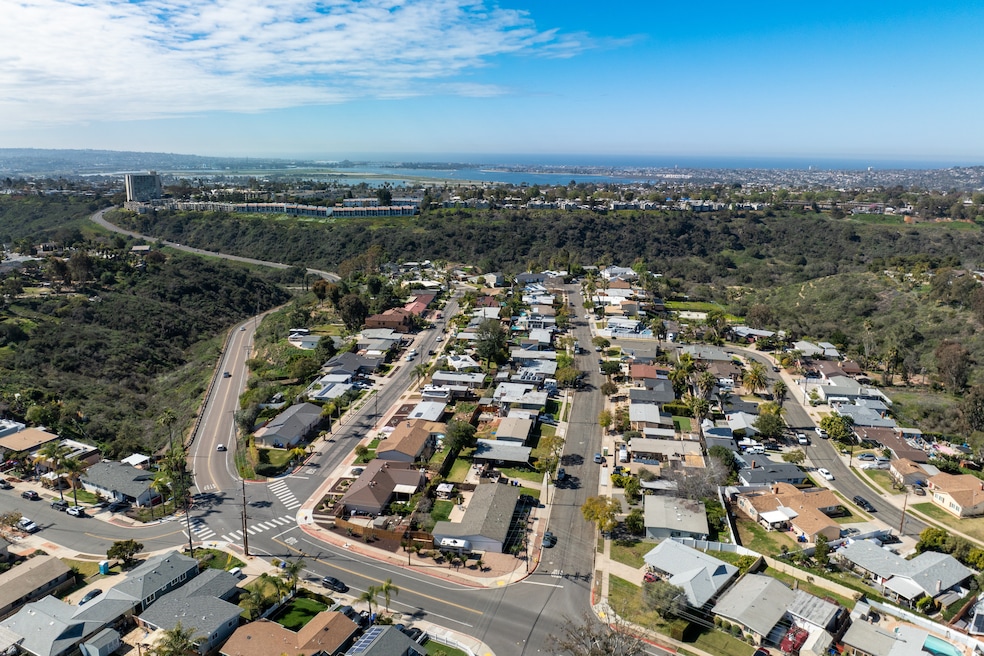Five years after it created opportunities for an unlimited number of accessory dwelling units on some residential lots, San Diego on Tuesday adopted limits more typical of cities that have allowed this type of housing.
The city has had notable success using ADUs, sometimes called "in-law units" or "granny flats," to address its housing needs. At a City Council meeting in June, planning staff reported that they issued permits for almost 4,000 accessory homes between 2021 and 2024. As in other U.S. cities, many of these residences have been built in the backyards of existing single-family houses or as additions. They tend to be smaller than the primary home on the property, as the term "accessory" implies.
In 2020, the city created a bonus program to incentivize ADU projects. Within areas near bus or train services, a landowner could build one such home to be sold or rented at market rate for each one priced affordably. While the city kept caps on height and how much space the homes could take up on a lot, it did not limit the number of ADUs.
In response, a few developers assembled large lots in neighborhoods of mostly single-family houses like Clairemont and Encanto. They submitted plans to city staff to build dozens of homes on each one. One developer unveiled a proposal for a single project with 126 ADUs, according to a 2024 study by researchers at the University of California, Berkeley and the University of Texas. What resulted often resembled apartment buildings, drawing scorn from neighborhood advocates.
“Just because you have a housing crisis doesn’t mean you can allow developers to ransack neighborhoods by stripping their character,” Shane Harris, a local activist, told the City Council at its June 16 meeting.
Program draws praise from housing advocates and brokers
Of the nearly 4,000 accessory homes permitted in the three previous years, lot owners built 23% using the bonus option. Given this progress, some in the real estate business expressed concern about the city hitting the brakes.
“Limiting housing options right now would be a step in the wrong direction,” Ninus Malan, a broker with Majesty Real Estate, told the City Council last month. “This program has proven to be one of the most effective tools we have for adding rental housing quickly.”
The program also drew praise from housing advocacy groups and some city councilors for tackling the region’s affordability challenge without pricey government subsidies.
At the June meeting, Councilmember Kent Lee pointed out that a typical rental in San Diego now costs at least $3,000 a month, making it impossible for most people who want to work in the city to live there, too.
“Housing has become a challenge for everyone who doesn’t already own a home,” Lee said.
While it expanded the housing supply, the bonus program has had a somewhat limited effect on affordability, according to the 2024 study. Developers who took advantage of the bonus produced homes priced at 110% of the area median income. The authors noted that this is more affordable than market-rate housing but not accessible to people with low incomes.
Tuesday’s vote set a limit of six ADUs on a lot if it’s more than 10,000 square feet — with fewer allowed on smaller parcels. The city kept the existing 1,200-square-foot size limit for each unit and set a two-story height cap in neighborhoods zoned for single-family houses.
“These changes ensure the ADU program stays true to its intended purpose: providing more homes, not full-blown apartment complexes in people’s backyards,” City Councilmember Raul Campillo said in a statement. “No longer will our ADU program be a back door for large-scale projects that don’t resemble anyone’s idea of a granny flat.”

